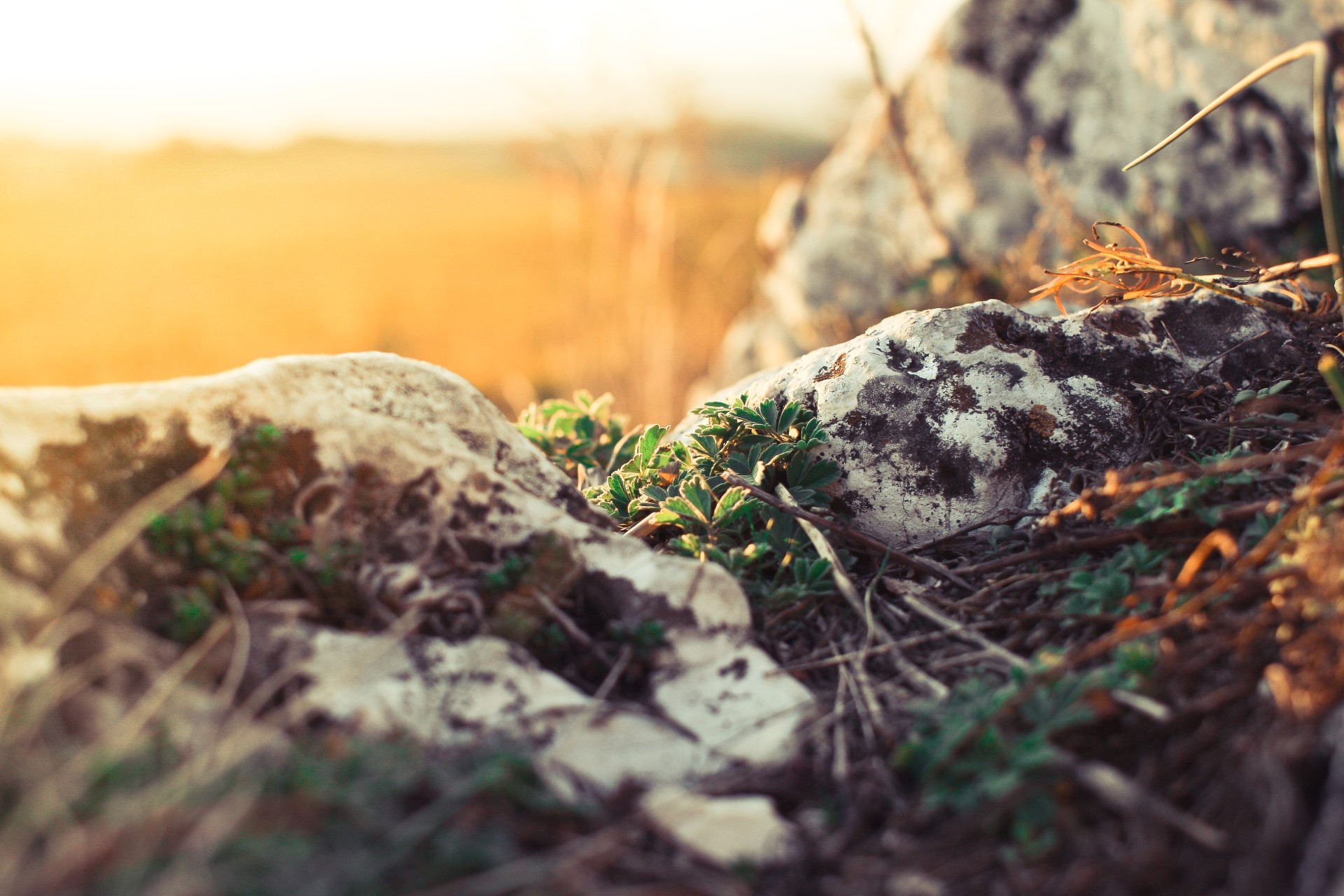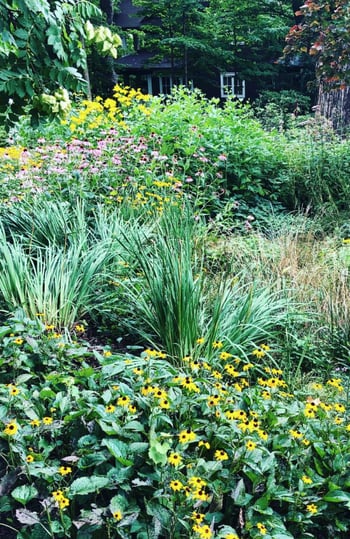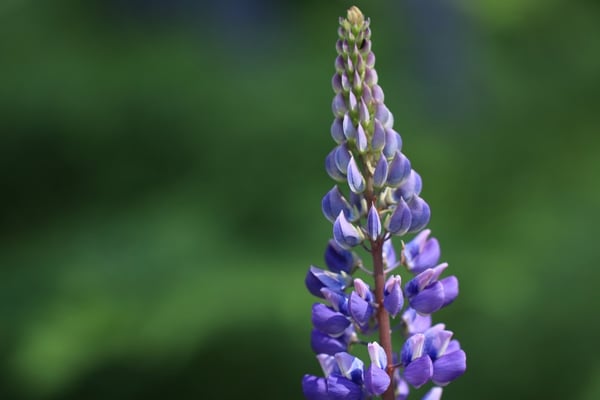
You know we need more native plants up in here … but where exactly should we put them? Is it enough to plant them in your garden, or should you be looking elsewhere?
Native prairie is rare enough these days to make passing one remarkable. Perhaps you whip out your camera phone, or maybe you point out the rolling landscape to your kiddos. If you see a bison, you basically throw a ****ing party. Because really, who sees bison outside of Yellowstone?
That’s the problem … we shouldn’t be jumping for joy when we see a tiny sliver of landscape that once dominated this continent.
Before Europeans arrived, the United States was composed of vast swaths of native prairie and savanna (prairie with trees dotting the landscape). According to Yale University, these rich grasslands are irreplaceably diverse.
For instance, “The Southeast is one of North America’s great, but forgotten, grassland regions. Its native prairies and savannas have been reduced by more than 90 percent since the first Europeans arrived, almost 100 percent in many areas. Yet the remaining scraps include more grassland plants and animals than the Great Plains and Midwest combined.”
If you’re thinking “Dang! That’s like some rainforest style diversity right there!” then you are correct. And we need to bring it back. To the Plains, to the Midwest, to the South. To everywhere.
But how?
By finding the right locations for planting natives and putting them to good use in stewardship of the Earth.
Native Plants Beyond the Garden
 When someone tells you to “plant natives,” chances are your mind immediately conjures up the image of a residential garden. One with a lot of green in it and maybe some flowers. There’s probably one of those ladybug signs out front; possibly a Certified Backyard Habitat sign as well.
When someone tells you to “plant natives,” chances are your mind immediately conjures up the image of a residential garden. One with a lot of green in it and maybe some flowers. There’s probably one of those ladybug signs out front; possibly a Certified Backyard Habitat sign as well.
And here we encounter another problem: We shouldn’t just see natives as an addition to the home garden. After all, they used to grow everywhere. That means, when we consider how to choose the right locations for native plants, we need to look beyond the backyard.
Far beyond it. The right locations for planting natives will include:
- Areas that pollinators frequent
- Green spaces both inside and outside of city limits
- Anywhere migratory birds and butterflies stop over on long journeys
- Currently untenanted land
… and basically anywhere we can. The more natives we plant, the more food and habitat we provide to the animals that once lived here. The better we serve wild pollinators, which research shows are just as important as honeybees – if not more so.
However, since “anywhere we can” is rather a vague instruction, let’s take a closer look at some of the right locations for planting natives.
The Best Locations for Planting Natives
 That said, what exactly are the right locations for planting natives? Here are some of our favorites:
That said, what exactly are the right locations for planting natives? Here are some of our favorites:
- Along easements and rights-of-way: Easements are famous for sitting idle much of the year, and they’re the perfect place to return the land to its native state.
- On school and business properties: Businesses, clinics, private schools and other spaces offer a lot of landscape. If we plant natives in those areas, we can contribute millions of square footage to native plants.
- On green roofs: Bare rooftops are such a waste of habitat. If we made the effort, we could convert these into vibrant oases for pollinators and native animals. Luckily, we’ve got lots of plans in the works.
- In public spaces and government buildings: Plenty of public spaces could host native plants as well, whether sited on rolling acreage or in small corners of rooftops and ground-level plots. Either way, it would be a big help.
Did this get your creative juices flowing? We’re so happy to hear it.
How to Get Started with Native Plants Today
Wondering what you can do to up the percentage of native plants in our homes, gardens and more? Ecogardens would love to help you choose the right locations for planting natives and get started with your project today.
With more than 75 years’ combined experience in native habitat restoration and ecological design, we are experts in native landscaping … whether that’s right here in the Midwest or beyond its borders.
Want to learn more? We invite you to get in touch and make a plan today!

